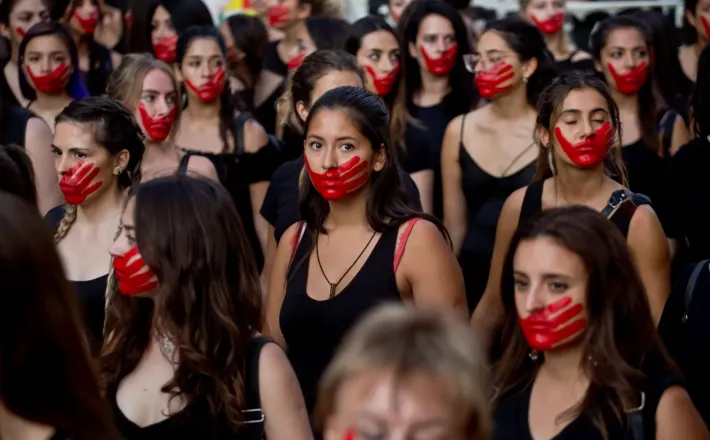Despite Advances in Women’s Rights, Gender Equality Lags Around the World
Source: World Politics Review
Despite progress in codifying women’s rights into law, advances in gender equality around the world have been halting, at best. This, despite the additional attention that the #MeToo movement brought to incidents of sexual assault and harassment in parts of the Global North—and increasingly in the Global South.
In South Africa, President Cyril Ramaphosa made news in 2019 when he appointed a Cabinet that included as many women as men. Later the same year, the European Commission also achieved the European Union’s self-imposed goal of gender parity. The thinking behind gender parity in government is that with greater levels of representation, women policymakers and legislators will pay more attention to issues that are often ignored by men, like gender-based violence or inheritance laws that discriminate against women.
But where quotas are used, they have failed to achieve parity for women in all but a few cases. Nor are they a panacea. Even with increased representation, policymakers must figure out how to turn good intentions into change on the ground, so that removing restrictions on education, to take one example, actually leads to improved school attendance rates for girls and young women.
Read here the full article published by the World Politics Review on 16 July 2024.
Image by World Politics Review

Despite progress in codifying women’s rights into law, advances in gender equality around the world have been halting, at best. This, despite the additional attention that the #MeToo movement brought to incidents of sexual assault and harassment in parts of the Global North—and increasingly in the Global South.
In South Africa, President Cyril Ramaphosa made news in 2019 when he appointed a Cabinet that included as many women as men. Later the same year, the European Commission also achieved the European Union’s self-imposed goal of gender parity. The thinking behind gender parity in government is that with greater levels of representation, women policymakers and legislators will pay more attention to issues that are often ignored by men, like gender-based violence or inheritance laws that discriminate against women.
But where quotas are used, they have failed to achieve parity for women in all but a few cases. Nor are they a panacea. Even with increased representation, policymakers must figure out how to turn good intentions into change on the ground, so that removing restrictions on education, to take one example, actually leads to improved school attendance rates for girls and young women.
Read here the full article published by the World Politics Review on 16 July 2024.
Image by World Politics Review